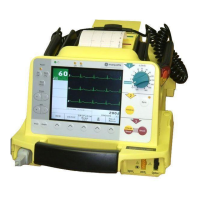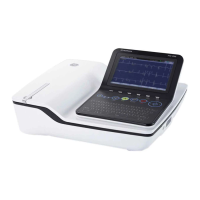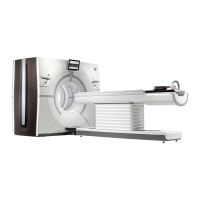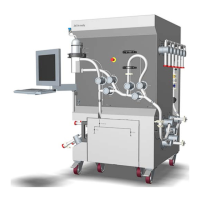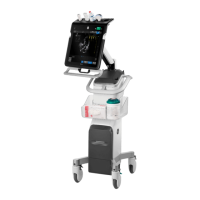2026116-001 Revision B Responder™ 2000 Page 67
MONITORING PACEMAKER PATIENTS
When monitoring the heart rate of pacemaker patients, only the patient's QRS complexes must be counted and pacer
pulses must be rejected. For this purpose, the Responder 2000 has an electronic pacer pulse suppression algorithm
which rejects the pacer pulses so they are not counted as QRS complexes. Depending on the pacemaker model used
and on the position of the electrodes, the compensation pulse following every pacer pulse may be considered as a QRS
complex. Every pacemaker must provide an oppositely charged current (reverse current) after delivering a pacing pulse.
In this situation and when the pacer pulse is ineffective, the displayed heart rate may be misinterpreted, and the device
will not give alarm in the presence of bradycardia or asystole.
Always monitor pacemaker patients by means of separate ECG electrodes and not via the defibrillation electrodes.
As an additional precaution, monitor pacemaker patients by means of pulse oximetry.
It depends on the pacer pulse parameters, whether or not the compensation pulse is counted as a QRS complex.
For pacemaker patients, the ECG R-wave signal size should be greater than 1 mV.
WARNING: No HR Alarm — If several adverse conditions exist at once during monitoring of pacemaker patients, the
possibility that pacer pulses are interpreted (and counted) as QRS complexes should be considered. Therefore,
pacemaker patients should always be watched closely.
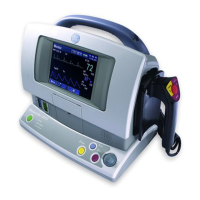
